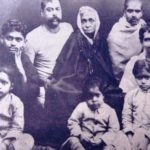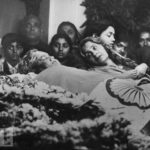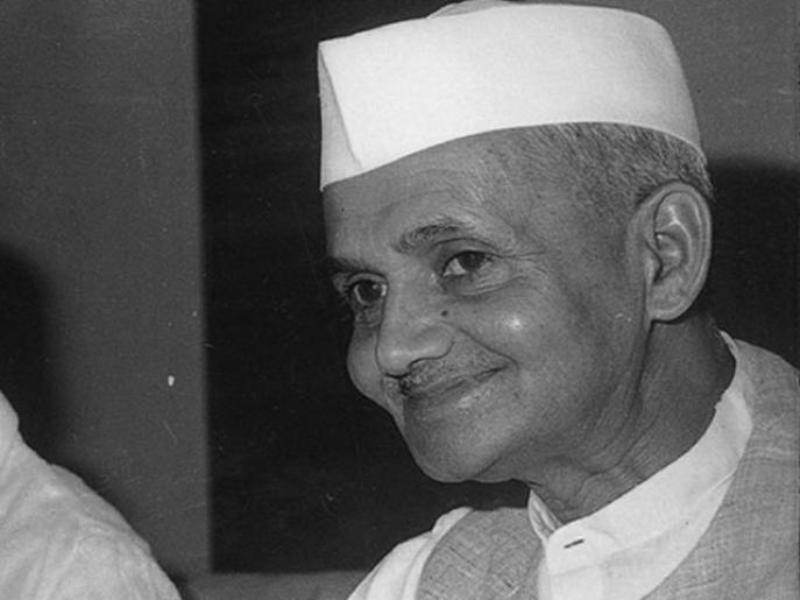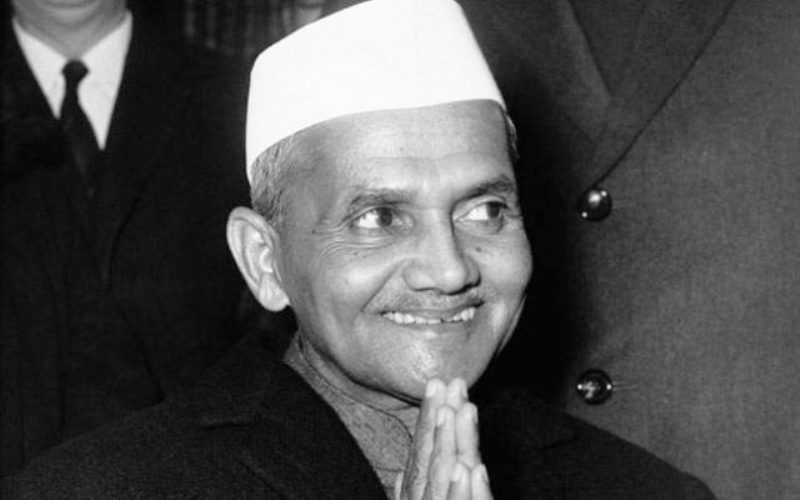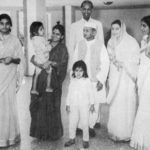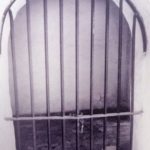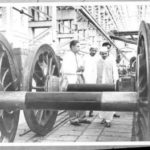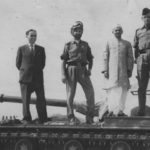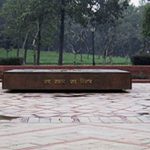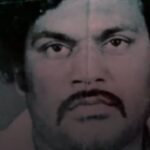| Real Name | Lal Bahadur Shastri |
| Nickname(s) | Man of Peace, Shastri, Nanhe |
| Profession(s) | Teacher, Activist, Politician |
| Physical Stats & More |
| Height (approx.) | in centimeters- 154 cm
in meters- 1.54 m
in feet inches- 5’ 1” |
| Eye Colour | Black |
| Hair Colour | Grey |
| Politics |
| Political Party | Indian National Congress
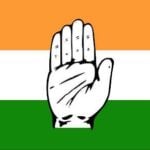 |
| Political Journey | 1928: Joined Indian National Congress on the call of Mahatma Gandhi.
1929: Became Secretary, Allahabad Distt Congress Committee.
1935-37: Elected as General Secretary, UP Provincial Congress Committee.
1937: Elected to UP Legislative Assembly and became the Organizing Secretary, UP Parliamentary Board.
1947: Became the Parliamentary Secretary of the Uttar Pradesh Assembly, and on 15 August, appointed the Minister of Police and Transport under Govind Ballabh Pant's Chief Ministership.
1951: Under the Prime- Ministership of Jawaharlal Nehru, appointed as the General Secretary of the All-India Congress Committee.
1952: Became an MLA from Soraon North cum Phulpur West seat, and on 13th May, became the First Railway Minister of the Republic Of India.
1957: Pt. Nehru again appointed Shastrji in his cabinet as Minister of Transport and Communication.
1958: Given the charge of Ministry of Commerce and Industry.
1961: Became Home Minister after the death of Pt. GB Pant.
1964: On 9 June, became the Second Prime Minister of India and served till 1966. |
| Famous Quotes | • “That loyalty to the country comes ahead of all other loyalties. And this is an absolute loyalty since one cannot weight it in terms of what one receives”.
• “India will have to hang down her head in shame if even one person is left who is said in any way to be untouchable”.
• “If Pakistan has any ideas of annexing any part of our territories by force, she should think afresh. I want to state categorically that force will be met with force and aggression against us will never be allowed to succeed." |
| Memorials (Major ones) | • Lal Bahadur Shastri National Academy of Administration (Mussorie, Uttarakhand).
• The Shastri Indo-Canadian Institute was named after Shastri due to his role for developing scholarly activities between India and Canada.
• On Shastri's 45th death anniversary, in 2011, the Uttar Pradesh Government declared to renovate Shastri's ancestral house at Ramnagar in Varanasi and announced plans to convert it into a biographical museum.
• Varanasi International Airport.
• In Tashkent, Uzbekistan, there is a Lal Bahadur Shastri Centre for Indian Culture with a Monument and a street is named after him.
• The Almatti Dam is renamed as Lal Bahadur Shastri Sagar, situated in Northern Karnataka, constructed over the River Krishna. The foundation stone was laid by him.
• Coins of ₹5 released by RBI during his birth centenary celebrations.
• Since 1991, All India Lal Bahadur Shastri Hockey tournament is held every year as a major tournament.
• Life-size statues of Shastri have been erected at Mumbai, Bangalore (Vidhana Soudha), New Delhi (CGO Complex), Almatti Dam Site, Ramnagar-UP, Hisar, Vizagapatinam, Nagarjuna Dam site, Warangal.
• Life-size busts of Shastri have been erected at Thiruvananthapuram, Pune, Varanasi(Airport), Ahmedabad (lakeside), Kurukshetra, Shimla, Kasargod, Indore, Jalandhar, Mhow, Uran.
• Lal Bahadur Shastri Medical College in Mandi, Himachal Pradesh.
• Shastri Bhavan in New Delhi, Chennai, Lucknow. |
| Personal Life |
| Date of Birth | 2 October 1904 |
| Birthplace | Mughalsarai, Varanasi, Uttar Pradesh |
| Date of Death | 11 January 1966 |
| Place of Death | Tashkent (currently in Uzbekistan) |
| Age (at the time of death) | 61 Years |
| Death Cause | Not confirmed
According to one source: There was a Conspiracy behind his death
According to other sources: Died of Cardiac Arrest (followed by two earlier heart attacks) |
| Resting Place | Vijay Ghat, New Delhi |
| Zodiac sign/Sun sign | Libra |
| Signature | 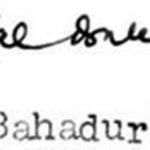 |
| Nationality | Indian |
| Hometown | Kudh Kalan, Mughalsarai, Varanasi, Uttar Pradesh |
| School | Shri Harish Chandra Intermediate College
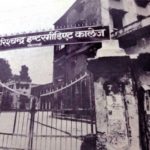 |
| College/University | Mahatma Gandhi Kashi Vidyapeeth, Varanasi
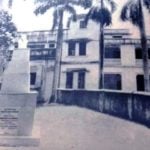 |
| Educational Qualification | 1st class honor (Arts) |
| Religion | Hinduism |
| Caste | kayastha |
| Address | 10 Janpath, New Delhi |
| Award | Bharat Ratna (1966) by the President of India (posthumously)
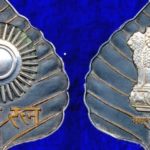 |
| Girls, Affairs and More |
| Marital Status (At the time of death) | Married |
| Marriage Date | 16 May 1928 |
| Family |
| Wife/Spouse | Lalita Devi (1928-1966)
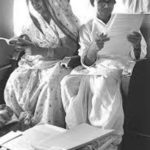 |
| Children | Son(s)- Hari Krishna Shastri, Anil Shastri (Politician: INC), Sunil Shastri (Politician: BJP), Ashok Shastri
Daughter(s)- Kusum Shastri, Suman Shastri
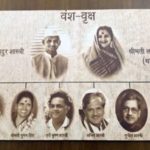 |
| Parents | Father- Sharada Prasad Shrivastava (a school teacher)
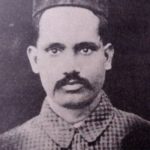
Mother- Ramdulari Devi (home-maker)
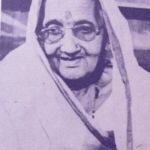 |
| Siblings | Brother- None
Sister(s)- Kailashi Devi, Sundari Devi |
| Hobbies | Reading books |
